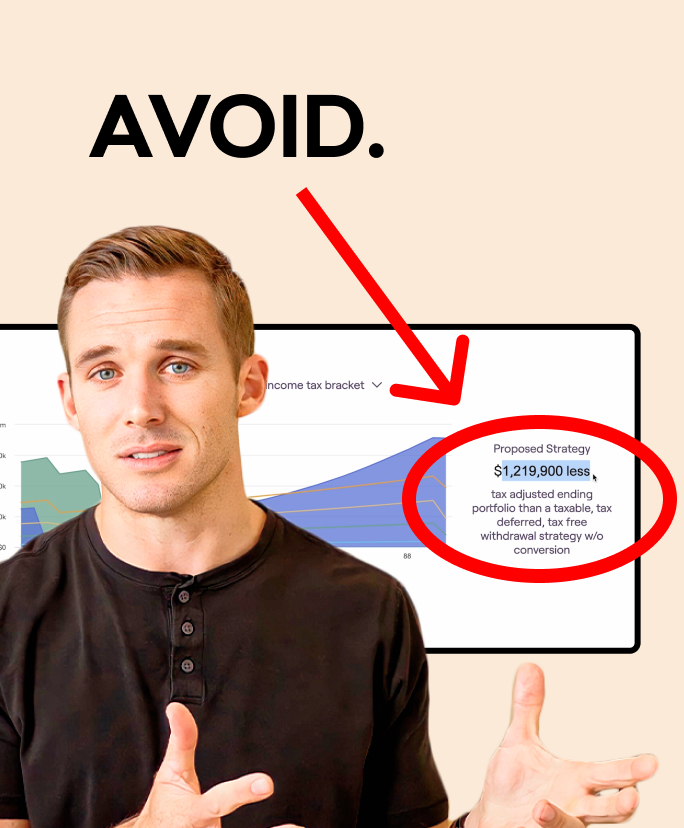In wealth management, the temptation to outsource critical thinking is strong. Some advisors, consciously or not, defer responsibility for investment results by basking in the comfort of consensus and leaning heavily on external ratings or platforms: Morningstar star ratings, alternatives diligence platforms (e.g., iCapital), product wholesalers, or even other advisors.
This isn’t just a matter of convenience; it’s a matter of accountability. By outsourcing decisions, advisors can tell themselves (and their clients) that they’re following “industry best practice.” But if everyone is following the same herd, who is actually leading?
The Morningstar Mirage
A prime example of this phenomenon is the Morningstar star rating system. Rolled out in 1985, Morningstar has stated it was designed to simplify fund selection and performance evaluation for investors1. But in practice, it has become an enabler of one of the most common investor mistakes: chasing past performance.
Whether a fund has existed for 15, 20, or 30 years, the star rating is largely determined by 3-, 5-, and 10-year historical returns. Three to five years is a meaningful stretch of time in everyday life, but in investing, it’s far too short to reliably distinguish skill from luck. In practice, the star rating functions more as a lagging indicator: a fund gets five stars after it has already done well, and loses stars only after it has stumbled.
The irony becomes obvious:
- Investors with long horizons (15, 20, 30 years) are steered toward short-term signals.
- Stickier ratings might help long-term investors make better decisions, but less turnover in ratings would mean fewer stories to write, fewer website clicks, and fewer licensing deals for Morningstar.
So, are these ratings adding genuine value, or are they just sweeping dust from one side of the room to the other creating activity that looks like productivity?
The Comfort of Herd Behavior
Morningstar isn’t alone. Advisors who lean too heavily on wholesalers, model portfolios, or fund platforms are often seeking comfort more than clarity. They want the shield of external validation so they don’t have to stand squarely behind the results they produce.
The paradox: outsourcing may reduce short-term career risk for advisors, but it increases long-term investment risk for clients. Following the herd may work out just fine, but what if the path veers toward a river and no one bothered to read the map?
An Investment Identity
Investment discipline doesn’t stem from reviewing the latest Morningstar report or outsourcing every investment choice. It comes from:
- An investment identity that transcends fund companies, products, and sales people
- Critical thinking grounded in evidence, not marketing.
- Long-term perspective that extends well beyond 3- or 5-year results.
- Discipline in sticking with sound strategy, even when FOMO and discomfort come knocking.
At the end of the day, advisors can’t delegate responsibility for outcomes. Sometimes the crowded highway is actually the best route, other times the road less traveled is preferred. Either way, blindly following the car in front of us is almost certain to lead to the wrong destination…and did we even stop to take in the view and enjoy the journey?😁
CONSIDER
On the ideas of Identity and Journey:
“Lots of people want to be the noun without doing the verb.” – Austin Kleon
You can be anything you want but you can’t be everything you want. Prioritize and execute.
“The privilege of a lifetime is to become who you truly are” – Carl Jung
–
Let’s get after it this week!
Brooks
Brooks Palmer, CFP® is Head of Investments at Root where he helps identify, evaluate, and implement investment solutions tailored to clients’ needs. In Full-Court Press, he breaks down what’s happening in the markets—cutting through the noise and jargon—while connecting it to Root’s core investment tenets so you can make the most of your money and your life!
Advisory services are offered through Root Financial Partners, LLC, an SEC registered investment adviser. This content is intended for informational and educational purposes only and should not be construed as personalized investment advice or a recommendation to buy or sell any security. Any forward-looking statements, including expectations about market returns, are hypothetical in nature, do not reflect actual investment results, and are not guarantees of future performance. Any examples provided are for illustrative purposes only. Past performance is not indicative of future results.


